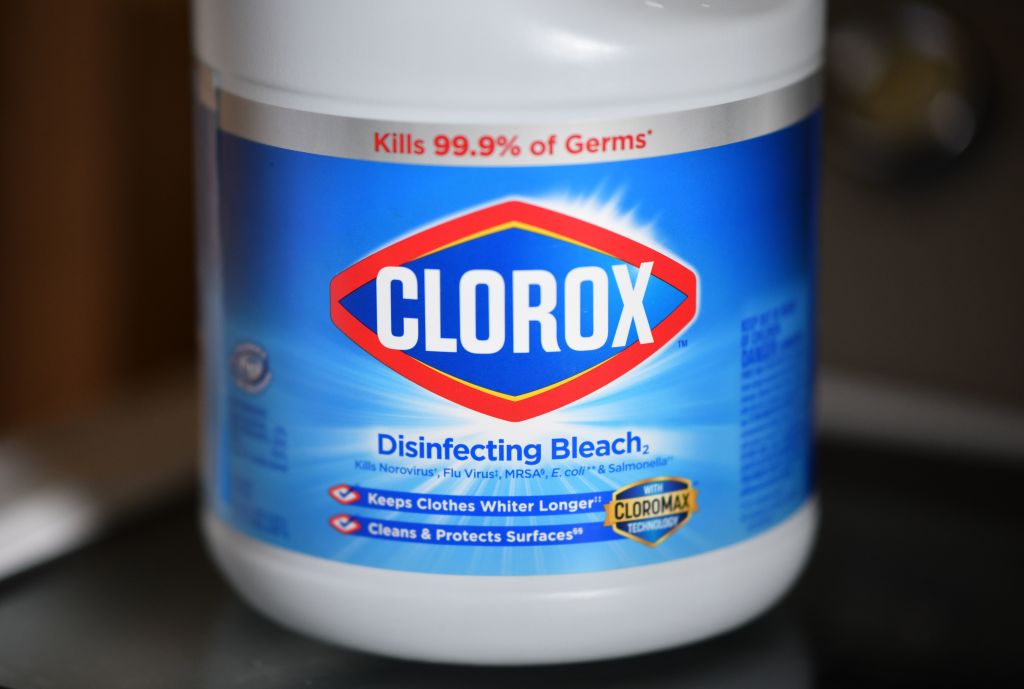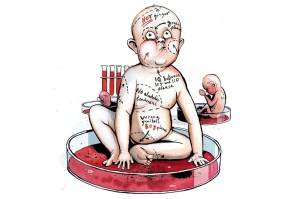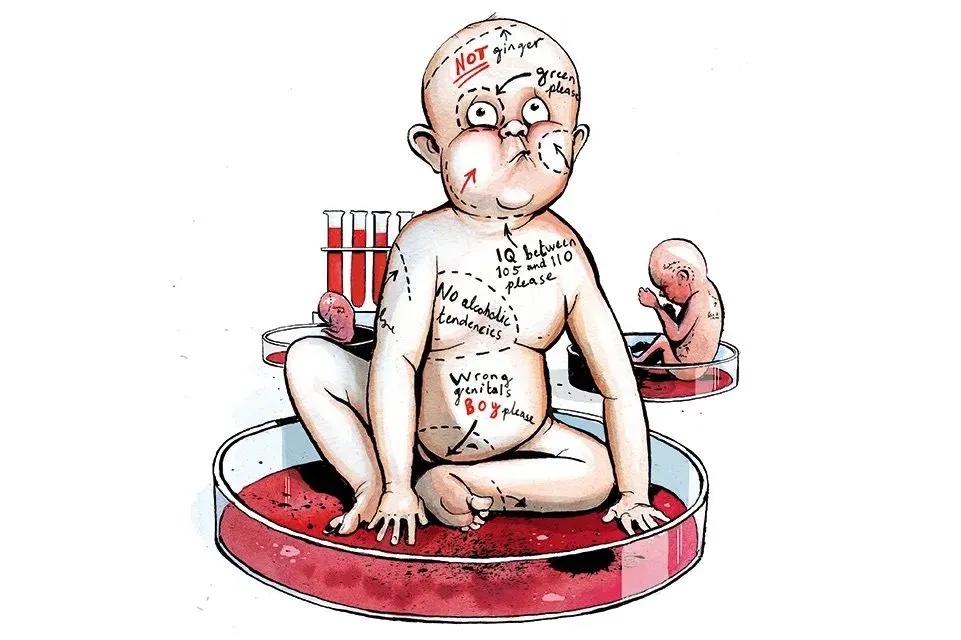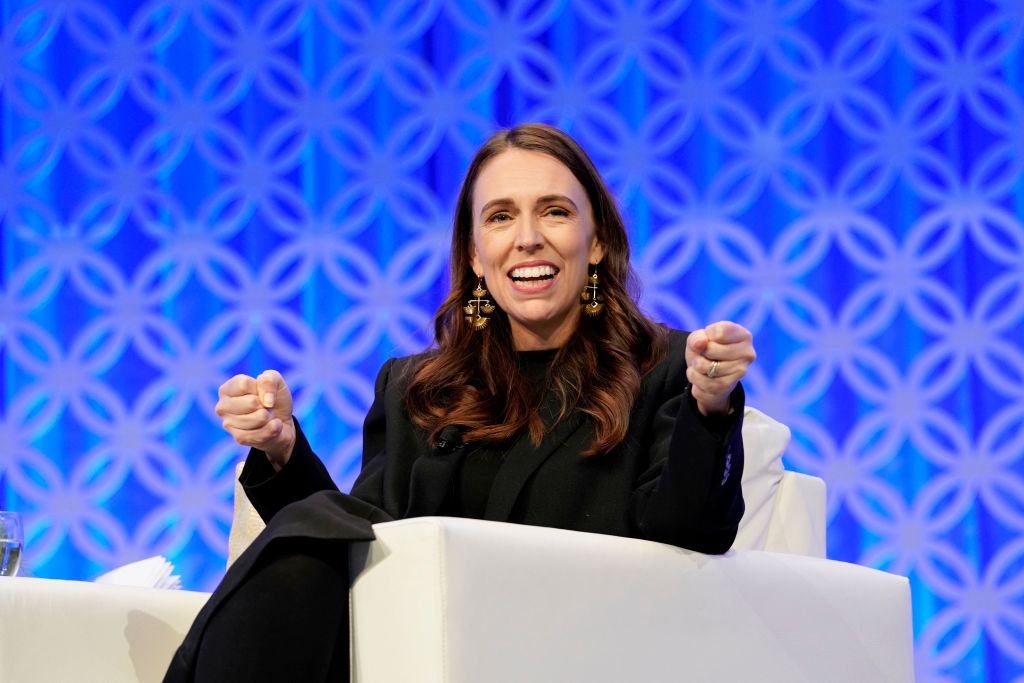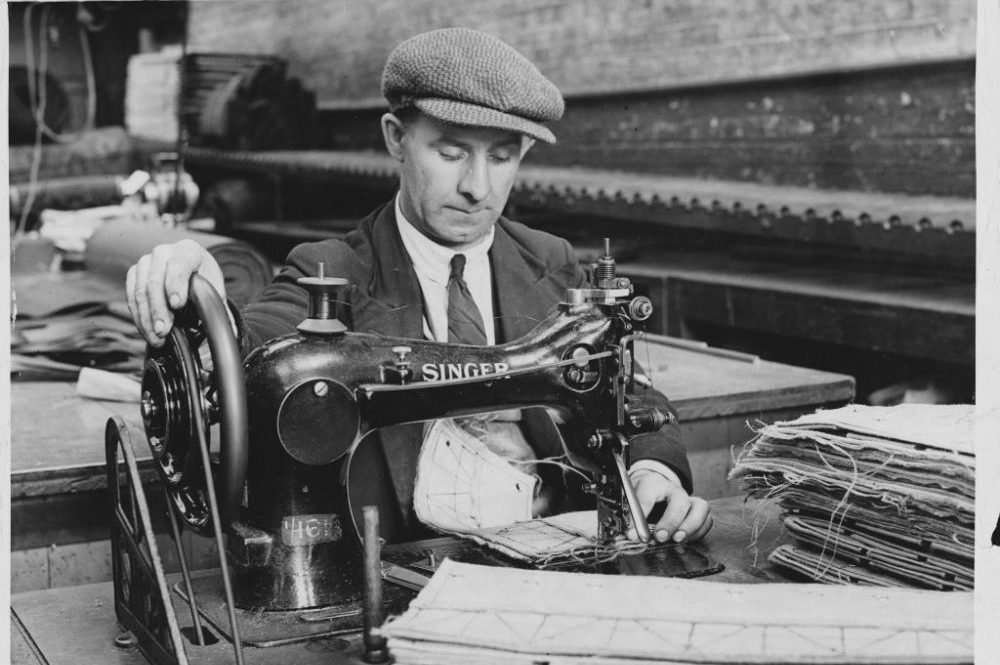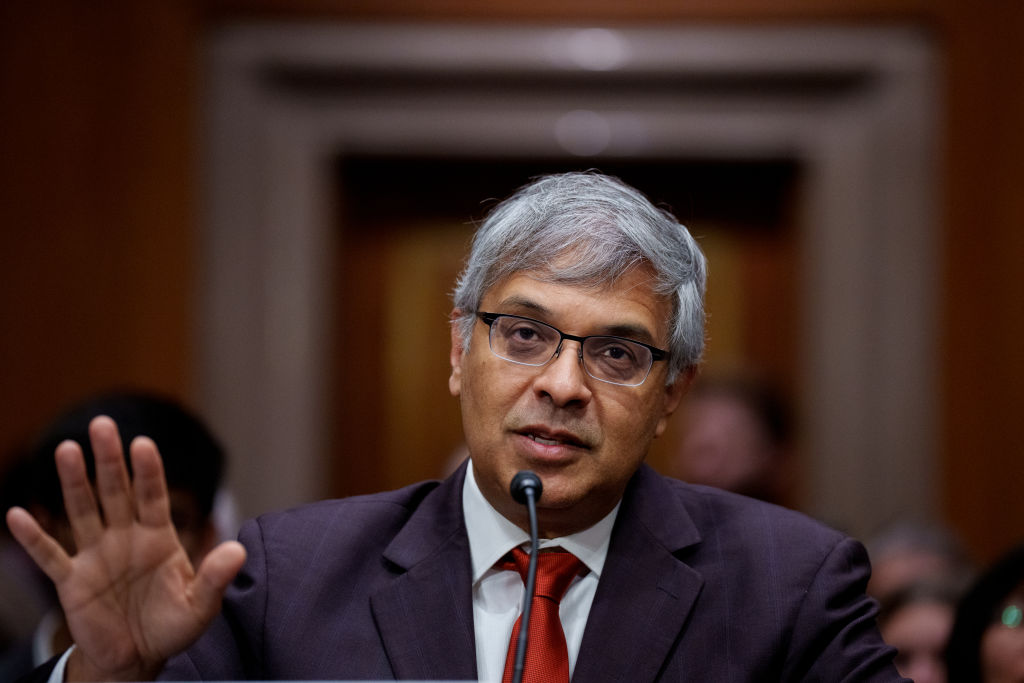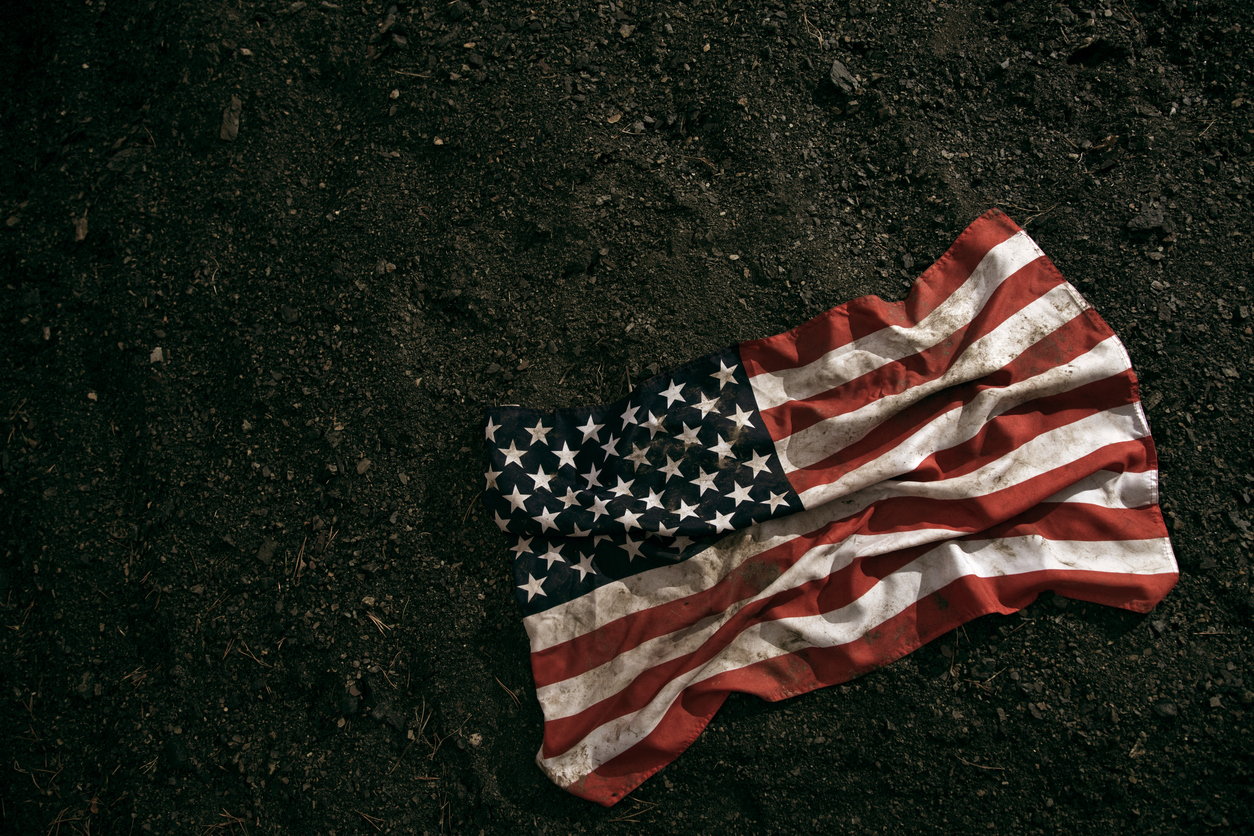There’s been no shortage of outrage from the press during the coronavirus pandemic.
One of the more notable meltdowns came in response to President Trump’s rather absurd suggestion in late April that disinfectants could potentially be injected to counter COVID-19 — a comment he later claimed was sarcastic. The press did not see the funny side.
‘Trump’s disinfectant remarks were tantamount to peddling death,’ one Washington Post column headline reads. Medical professionals were ‘horrified’, according to Reuters. Governors like Gretchen Whitmer and Larry Hogan blamed Trump for an increase in calls to poison centers.
Activists online began pushing the idea that the President encouraged Americans to inject disinfectants and drink bleach — both of which are false.
Was this apoplexy truly justified and necessary? One month later, there appears to be no proof that Trump’s foolish suggestion caused a single death.
Cockburn could only find one story of someone actually ingesting a disinfectant since Trump’s comments, in the Wichita Eagle. Police said a Kansas man ‘drank a product because of the advice he’d received,’ with no direct mention of the President. There are no subsequent stories in the Eagle about what happened to the man.
Media reports surfaced following Trump’s comments showing a surge in calls to emergency services regarding questions about ingesting disinfectants, especially so in Maryland in New York. But no reports of any deaths.
Not surprisingly, many of these reports failed to mention the 20 percent increase in calls to US poison centers regarding exposure to chemicals in disinfectant products from January to March — before Trump offered his two cents on the topic. So why the sudden outrage when increased disinfectant exposure among both adults and children was an ongoing issue?
The increase can be attributed to the increased usage of disinfectants as a way to keep clean in light of the rapid spread of the coronavirus. The HHS even gave nearly $5 million to poison control centers in response to this sudden increase.
Still, it wasn’t clear if Trump’s suggestion had any sort of impact in recent weeks. So, Cockburn decided to do some additional digging.
The Maryland Poison Center provided Cockburn with data showing a more than 50 percent increase from April to May 26 in reported bleach exposures among adults in Maryland compared to last year — continuing the growing trend of calls to the poison center during the pandemic.
***
Get three months of The Spectator for just $9.99 — plus a Spectator Parker pen
***
The center’s executive director, Bruce Anderson, said the increase is ‘unsurprising’ due to the increased usage of disinfectant products. Anderson said the most common reason for exposure among adults is unintentional misuse, such as mixing bleach and other disinfectant products.
So, the media spun an entire news cycle over comments that appeared to have no real impact, while giving limited coverage to an ongoing issue that predated the President’s comments.
There was no death toll of Americans injecting disinfectants. Rather, there’s been a consistent increase in unintentional misuses of disinfectant products, which Cockburn believes can be at least partially attributed to the constant fear-mongering of the media regarding the spread of COVID-19.



